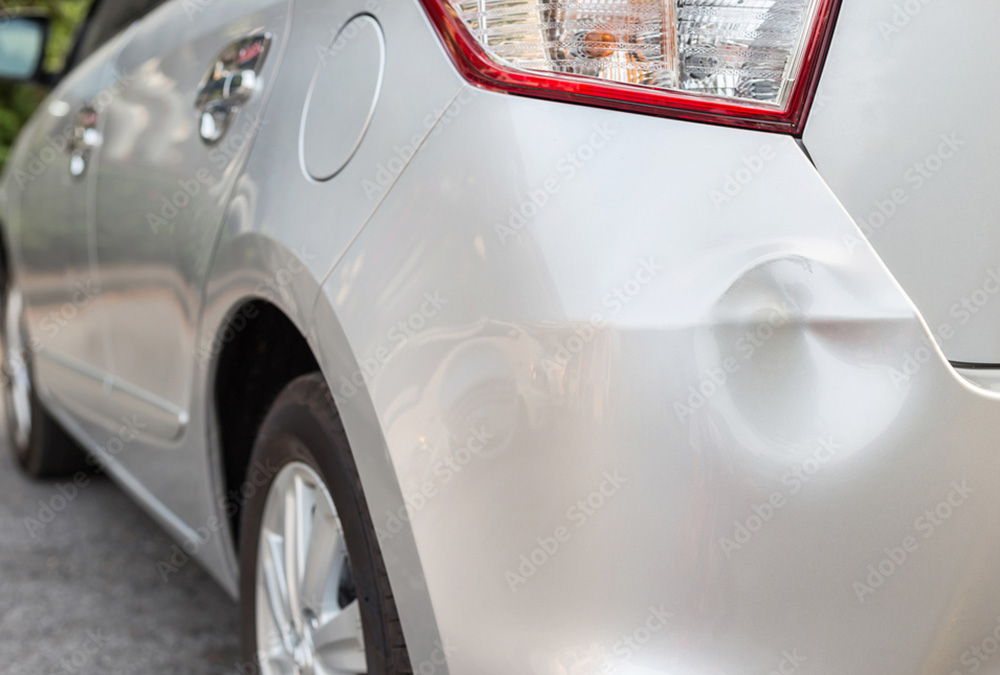Dents in cars can be frustrating, unsightly, and potentially costly to repair. However, with the right tools and techniques, you can fix a dent in your car yourself, saving you time and money. In this article, we will go over the steps for fixing a dent in a car.
The first step in fixing a dent is to assess the damage. Dents can be classified into three types: sharp, crease, and shallow. Sharp dents are those that have a defined edge and are usually caused by something small and hard hitting the car. Crease dents are those that have a fold or wrinkle in the metal and are usually caused by something softer, like a shopping cart. Shallow dents are those that are not as deep as the other two types and are usually caused by something small and soft, like a hailstone.
Once you have assessed the damage, you can begin to prepare the area. The first step is to clean the area around the dent. Use a car cleaning solution and a microfiber cloth to remove any dirt or debris. This will ensure that the area is clean and free of any contaminants that could affect the repair.
Next, you will need to locate the access point for the dent. This is the area where the dent is closest to the surface. You will use this access point to push the dent out from behind.
To fix a dent, you will need a plunger and a rubber mallet. Place the plunger over the access point, making sure that it covers the entire dent. Apply firm pressure to the plunger, using the mallet to tap it gently. This will push the dent out from behind. Continue to apply pressure and tap the plunger until the dent pops out.
If the dent is not popping out, you can also use a vacuum cleaner and a plunger. Place the vacuum cleaner hose over the access point, making sure that it covers the entire dent. Turn the vacuum cleaner on and hold the plunger firmly against the access point. The suction from the vacuum cleaner will pull the dent out from behind.
After the dent has been removed, you will need to smooth out any remaining imperfections in the metal. Use a metal file or sandpaper to smooth out any rough edges. Then, use a primer and paint that is suitable for automotive use to paint the area.
In conclusion, fixing a dent in a car can be a simple and cost-effective process if you have the right tools and techniques. Remember to take your time, work in a well-ventilated area, and follow the manufacturer’s instructions for the best results.
Note: In some cases, the dent can be too severe, or the paint has been damaged, and the paintless dent repair method or the traditional method with body filler and paint will be required. It’s always recommended to get a professional opinion before attempting a DIY repair.





Recent Comments